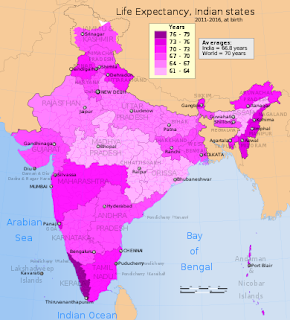India demographics
India Demographics - A Brief Overview
India demographics has always been a fascinating subject for researchers, social activists, economists, and policymakers. India is the second-most populous country in the world, with a population of more than 1.35 billion people. The country has an area of approximately 3.2 million square kilometers and is divided into 28 states and 8 union territories.
India is one of the most diverse countries in terms of languages, religions, cultures, and traditions. The country is divided into four main regions; North, East, West, and South. Each region has its own unique cultural and linguistic identity.
Population Growth
India's population has been witnessing a steady growth rate over the years. In 1951, India's population was around 361 million, which has now increased to over 1.35 billion in 2021. The population growth rate has reduced in recent years with the current rate standing at 1.2%. This is primarily because of an increase in literacy rates, awareness about family planning, and the availability of better healthcare services.
Gender Ratio
Gender ratio is an important aspect of demographics, and India's gender ratio is a matter of concern. The country has a total of 943 females per 1,000 males, according to the 2011 census. This ratio is lower than what is considered ideal. Various factors such as female infanticide, lack of education, early marriage, and gender discrimination contribute to this gender gap.
Age Distribution
India has a comparatively young demographic profile, with more than 50% of the population under the age of 25. The median age of the population is approximately 28 years. This presents a unique opportunity for the country to reap the benefits of a demographic dividend by providing education, skills, and employment opportunities for this young population.
Urbanization
India is witnessing rapid urbanization, with an increasing number of people moving towards cities in search of better employment opportunities. The urbanization rate has increased from 17.3% in 1951 to 34% in 2018. This has put tremendous strain on the urban infrastructure, social services, and environment.
Conclusion
India's demographics present both opportunities and challenges. The young and diverse population can be leveraged for economic growth and development, while the gender gap, increasing urbanization, and environmental degradation pose significant challenges. It is essential that policymakers work towards addressing these issues and create a sustainable and inclusive future for all.


.jpeg)
Comments
Post a Comment